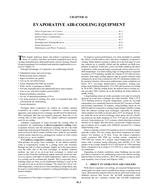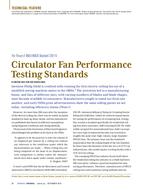It has been acknowledged that the energy situation over the past decade has resulted in increased energy costs and new attention being addressed to energy economics. Since energy usage for maintaining comfort conditions in buildings is a significant cost component of building operation, interest in the thermal performance of building envelopes has also increased. Laboratory testing of walls, windows, shades, and other building components has been ongoing for several years. Data generated in the laboratory have been valuable for designing building envelopes to obtain the optimal thermal performance. it has also been observed that thermal properties of building components In an existing building may differ from that of laboratory testing. This may be due to inferior materials of construction or poor installation, as well as damage due to moisture or other foreign material. Consequently, field testing of building envelopes is being recognized as a methodology for verifying the thermal performance of building envelopes. Field testing has its difficulties when compared with laboratory testing due to uncontrollable thermal transients, lack of knowledge of the envelope material, and multidimensional heat flows. Nevertheless, field determination of building envelope thermal performance aids in the verification of laboratory findings and design methodology.
Citation: Symposium, ASHRAE Transactions, Volume 88, Part 1, Houston, TX
Product Details
- Published:
- 1982
- Number of Pages:
- 11
- File Size:
- 1 file , 2.4 MB
- Product Code(s):
- D-HO-82-03-6


